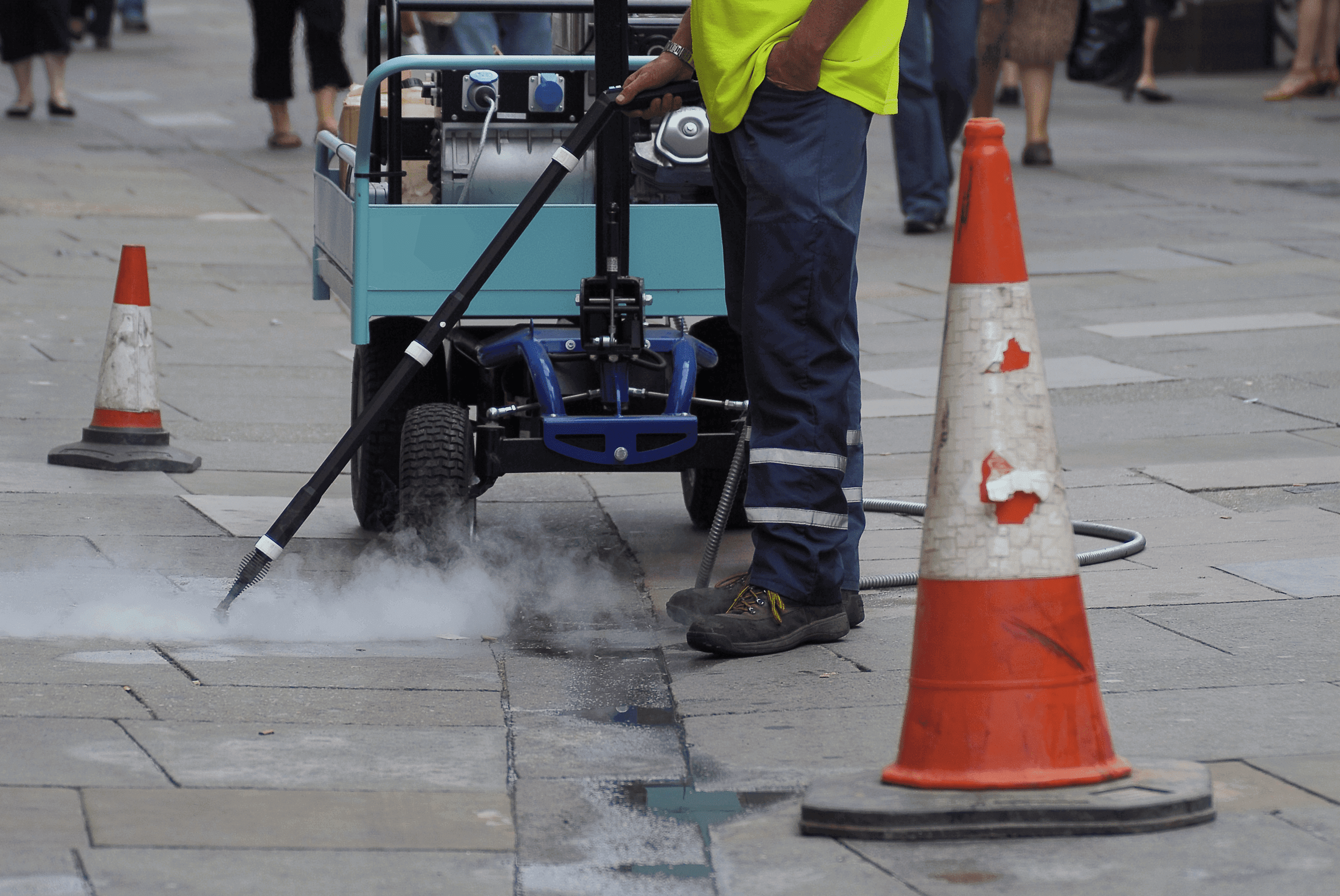Measuring Success
We used new methods to test and evaluate our interventions, providing unprecedented robustness in proving effectiveness. This tried and tested approach can help you with your own evaluation.

The need for new thinking on measurement
Previous methods used to evaluate interventions like these have generally incorporated gum within all litter, or measured it using the same methods as other types of litter. These favour systems that grade visual assessments of cleanliness, something that’s impossible to do accurately with littered gum. Those that have measured gum specifically have involved cleansing between measurements, which in itself affects behaviour and so reduces the reliability of the results.

Principles for a robust evaluation
1. Avoid interfering with the measurement site for greatest accuracy
Ensure that conditions remained as unaffected as possible during the measurement periods – so no cleansing or gum removal beyond usual manual sweeping. This also means avoiding any changes to the use of the area, such as markets or temporary kiosks.
2. Count gum as accurately as possible
Try to measure the exact same area a number of times during the activity and, where possible, take high-res pictures from above to ensure new gum is accurately counted.
3. Account for changes in footfall
The amount of gum littered may go up or down depending on footfall so build this into your calculations if possible, for example using footfall data e.g. from laser counters.
4. Establish a control to compare your results against
Count gum for a period of time before your intervention to establish a baseline with which to compare your counts during the activity, and ideally count at a control site (one with no interventions) as well.


 Keep in touch
Keep in touch